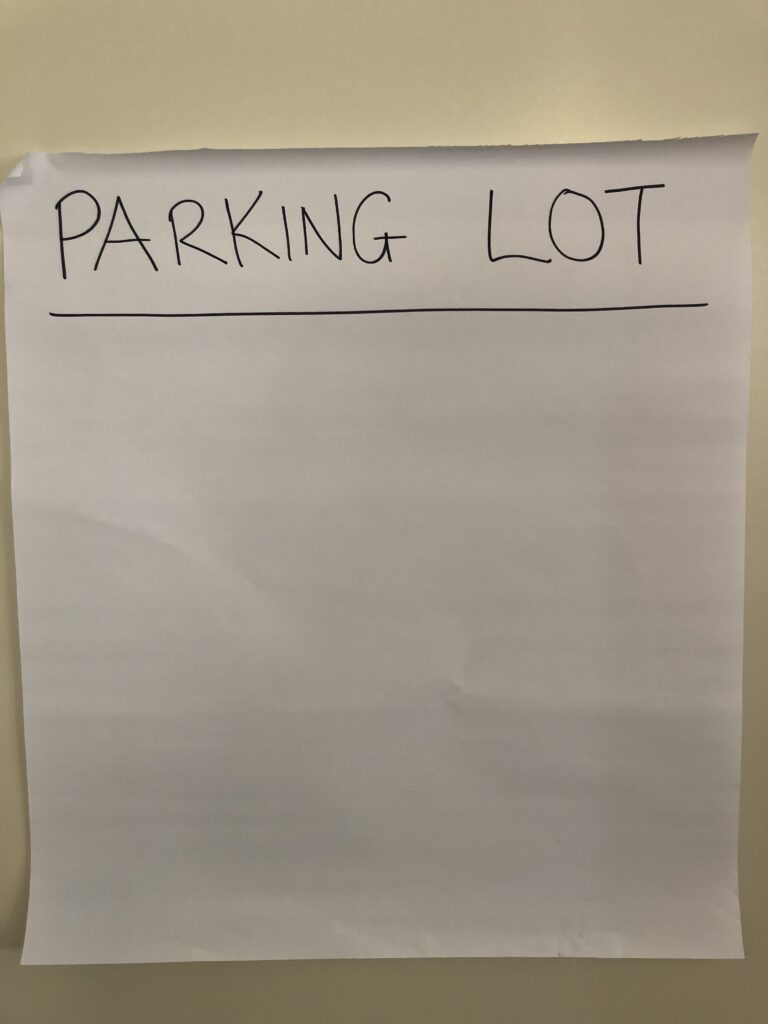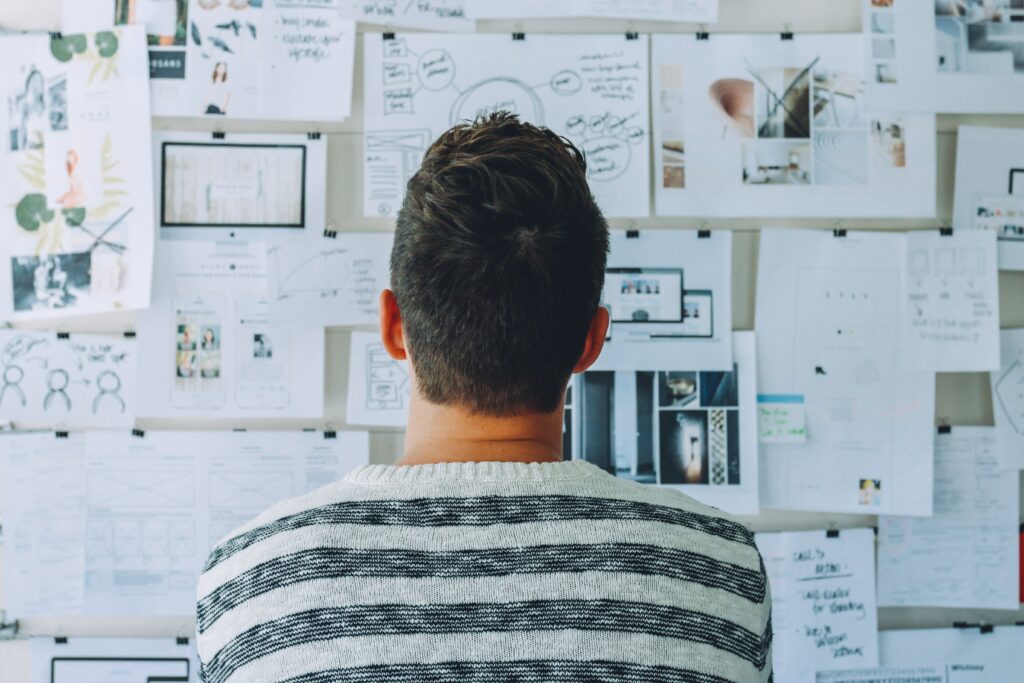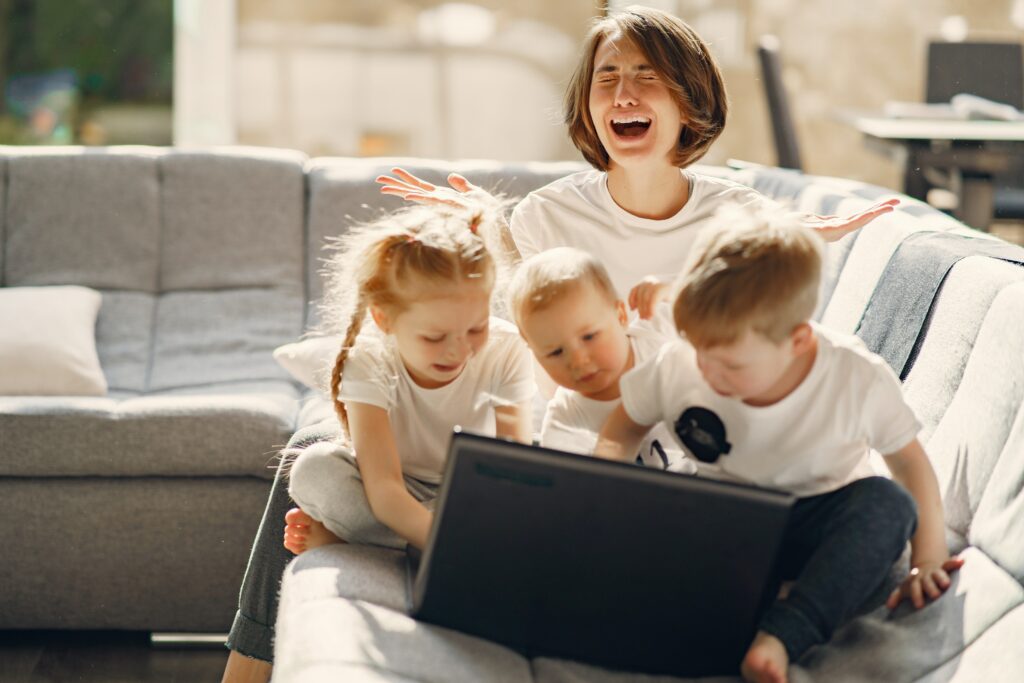
Ever sat through a corporate brainstorming session and wondered (with great cynicism), ‘why are we doing this’? I have had my fair share of such sessions, and whilst some were fun and enjoyable, others were endured. Many such sessions are run in workplaces when creativity is low and managers want to give their team a boost. These sessions are often run when a busy period is approaching or the business is already in the thick of it. As well-meaning as these are, sometimes a better choice is to consider underlying issues at play.

Creativity is not just about achieving a unique design for the next billboard advertisement, creating the next gallery curation or designing the latest and greatest gaming app to download. Creativity is also about problem solving and ‘non-arty’ innovation in a workplace. So, when creativity is low, it could be that stress is wreaking havoc with your team rather than it being a case of ‘writer’s block’ that needs a classic brainstorming session.
One remarkable impact of the COVID-19 virus is that many office workers were required to work from home. This unusual change to how we ‘normally’ work, has challenged both staff and managers alike. The energy that people draw on from others is less available due to a shift to video conference-style meetings or other digital options. Where you could once turn to your colleague and ask a random question, which created a chance to get unstuck in your train of thought or idea, now has to be a well-crafted email with a catchy title, in the hope that a reply will come back to you asap… please, reply. Please reply! Please reply!!!
As we approach the end of the financial year, increased workplace stress may not be particularly obvious to the manager, as their team is not in the office together, but there is no doubt it is there, lurking. This stress can be an impinging factor on the creative process, in delivering projects both on time and with innovative design, which is important for businesses to thrive. Where stress is the underlying factor in this scenario, a novel approach to offset such a lull in creativity is to implement a mindfulness program. Yes, I know, mindfulness is quite the buzz word for workplace wellbeing, and as much as many of us would like to scoff at such an idea, the practice of mindfulness has substantial merit, as measured in numerous evidence-based studies.

This is a creative approach. It is a cost-effective measure to introduce, and is perfect timing right now, while your teams are at home, coping in make-shift home-office spaces, balancing their laptops on their knees, juggling workload, family interruptions and reduced contact with others.
Studies show that a mindfulness approach brings greater attention both to the present moment and over time, as well as reduces habitual process. This allows you to ponder a problem in a headspace that is more calm and attentive. Importantly, this and other studies demonstrate that mindfulness programs can reduce overall stress levels in the workplace resulting in enhanced creativity. Try being mindful for just one minute:
A structured mindfulness program is longer than your average half-day workshop for your brainstorming session, but it can have a lasting effect, both for personal wellbeing and creative performance at work, outperforming the usual approach. So consider this when planning your next brainstorming session with staff as a refreshing way to enhance creativity.